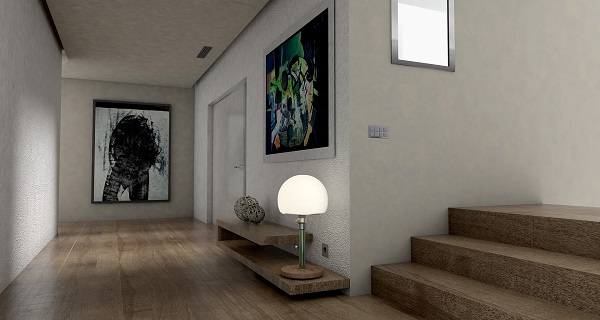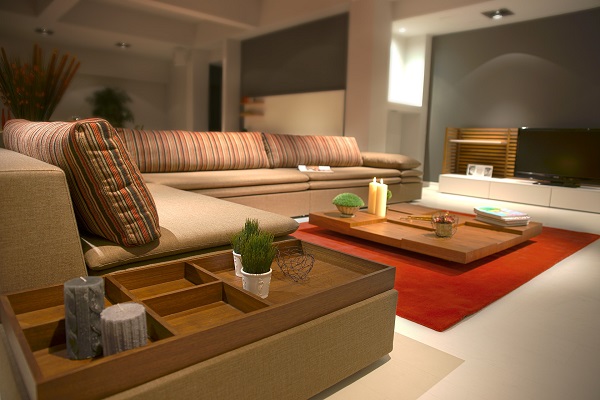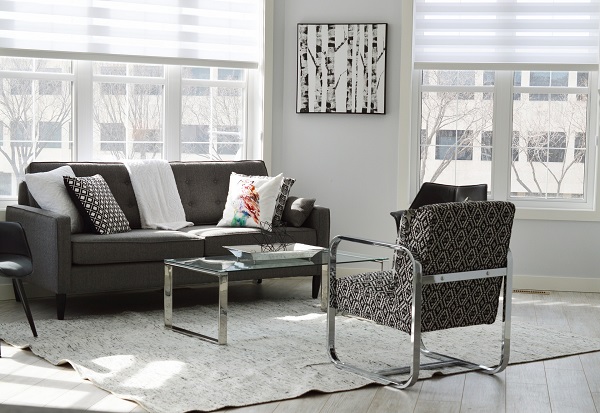Living Room Furniture Arrangement Examples And Tips
Arranging furniture is no piece of cake, but we’ve got awesome tips for you on how you can simply the process. Read on to find out more.
-
Use the right rug:
If you’re going to incorporate an area rug into your décor scheme, it’s best to get one that’s big enough to cover the entire floor surface. Otherwise, keeping some of the furniture on top of the rug while other pieces look out of place on the outer edges of the rug just looks messy and out of place.

-
Keep furniture away from the walls:
When placing your furniture, the last thing you want is to have it backed up against the wall (this also applies to upright piano placement). Instead, you should always allow for a few inches of space in-between the furniture and the walls, to give the room a spacious feel. The amount of space you leave between the furniture and the walls will depend on the size of the room you’re decorating- a smaller room will only allow you to leave a few inches of space, whereas with a bigger space, you can really play around with the furniture and place it away from the wall so as to create conversation areas that are several feet apart.
-
Identify a central point:
Identify a particular area in your room that’ll you’ll use as your focal point. This gives you a good start because from there, you can start arranging your furniture and adding your accessories. Your focal point could be anything, from large windows, large-screen TVs or built-in mantels etc.
-
Create balance:
Arrange your furniture in a way that creates balance and flow. For example, instead of putting all the large furniture together in a portion of the room, rather space it out and mix both large and small furniture items together. This goes for small furniture pieces as well because once you have them clumped up in one area of the room; they tend to look ‘off’. It’s also a good idea to creatively disrupt the straight lines in a room by placing a circular item like a round coffee table or even some industrial style furniture.
-
Make conversation areas:

Carefully consider the seating arrangements in your living room before you start arranging the furniture, keeping in mind that people should be able to converse with one another naturally and comfortably. To achieve this, you’ll want the chairs and sofas to face one another but with enough leg room in-between to enable comfortable seating and walking space.
-
Traffic flow:
Ideally, there should be enough leg room between the coffee table and sofas, as well as in between the seats, to allow for people to walk around comfortably without tripping on one another. Overall, there should be a clear path for people to walk on to get from one end of the room to the other comfortably.
-
Incorporate a large coffee table:

There is nothing more appealing in a living room than an oversized coffee table right in the middle of everything. It’s an attention grabbing centerpiece that serves both functional and aesthetic purposes, from displaying your favorite décor accessories and knick-knacks, to placing drinks and even putting your feet up after a long day. However, if you’re not able to get a big sized coffee table of your choice, you could always opt for two smaller coffee tables to create the same effect.
-
Lighting:

Most people pay very little thought to the lighting element of their décor, so they just buy one main light fixture to illuminate the entire space. Needless to say this can be a tad boring, and why do boring when there are so many interesting and fun lighting ideas to choose from? These days, you can incorporate a wide range of different light fixtures to highlight different parts of the room, like highlighting your sofa with a floor lamp or adding lamps to your side tables for some soft, ambient lighting. Just be sure to space the fixtures out creatively to maintain that balance and flow we spoke about.
-
Choose appropriately sized artwork:
Hanging awkwardly sized or poorly positioned artwork over your furniture is a big no-no, but you can easily avoid that by considering the scale of the furniture in relation to the artwork each time you decide on your artwork arrangement. For instance, a large piece of artwork looks more fitting when placed over a sofa than a small painting, and if you have a small piece of art that you absolutely must use, that you can frame it with a large matte finish frame so that it still looks appropriate and suitable in relation to the other décor elements.